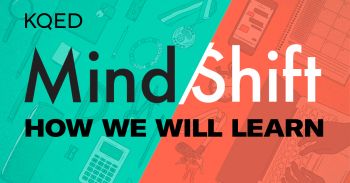Learning & Education

Between puberty and the mid-20s, our brains undergo substantial changes in structure, function, and connectivity. This restructuring creates remarkable opportunities for learning, even mitigating effects from earlier adverse experiences.
Our sensitivity to reward, willingness to take risks, and attention to social status all increase during our adolescent years, motivating us to explore new environments and relationships. We become more active agents in our own learning and development. In middle school and high school, we are “super-learners,” especially primed to learn from real-life, hands-on experiences.
As we discover the widening world around us, we need developmentally appropriate support, including rich environments that encourage safe exploration and experimentation.
Of course, structural inequalities such as disparities in school quality and family resources as well as racial and ethnic discrimination mean that not all youth have the same opportunities. We as a society have to work to ensure that all young people have what they need to fuel the essential social and academic learning that will propel them to thriving adulthoods.
Resources
Video | June 1, 2020
Summer Programs and Adolescent DevelopmentVideo | July 20, 2020
Back to School in the COVID PandemicBrief | December 20, 2019
The Science Behind Adolescent Risk Taking and Exploration
Learning & Education | July 14, 2021
‘Don’t go back to the old normal’: Opportunities for Adolescent Learning Revealed by COVID-19
Learning & Education | April 20, 2021
Adolescent Brains Are Wired to Want Status and Respect: That’s an Opportunity for Teachers and ParentsExploration & Risk Taking | April 17, 2019
Adolescents Are More Likely to Take Risks, and That’s a Good ThingContribution | March 1, 2019
Adolescents Have a Fundamental Need to ContributeContribution | July 22, 2019
Adolescents Need Opportunities to ContributeVideo | March 28, 2023
Video: Youth Engagement Matters_960_480_80_c1.jpg)

_1_350_169_80_c1.jpg)

